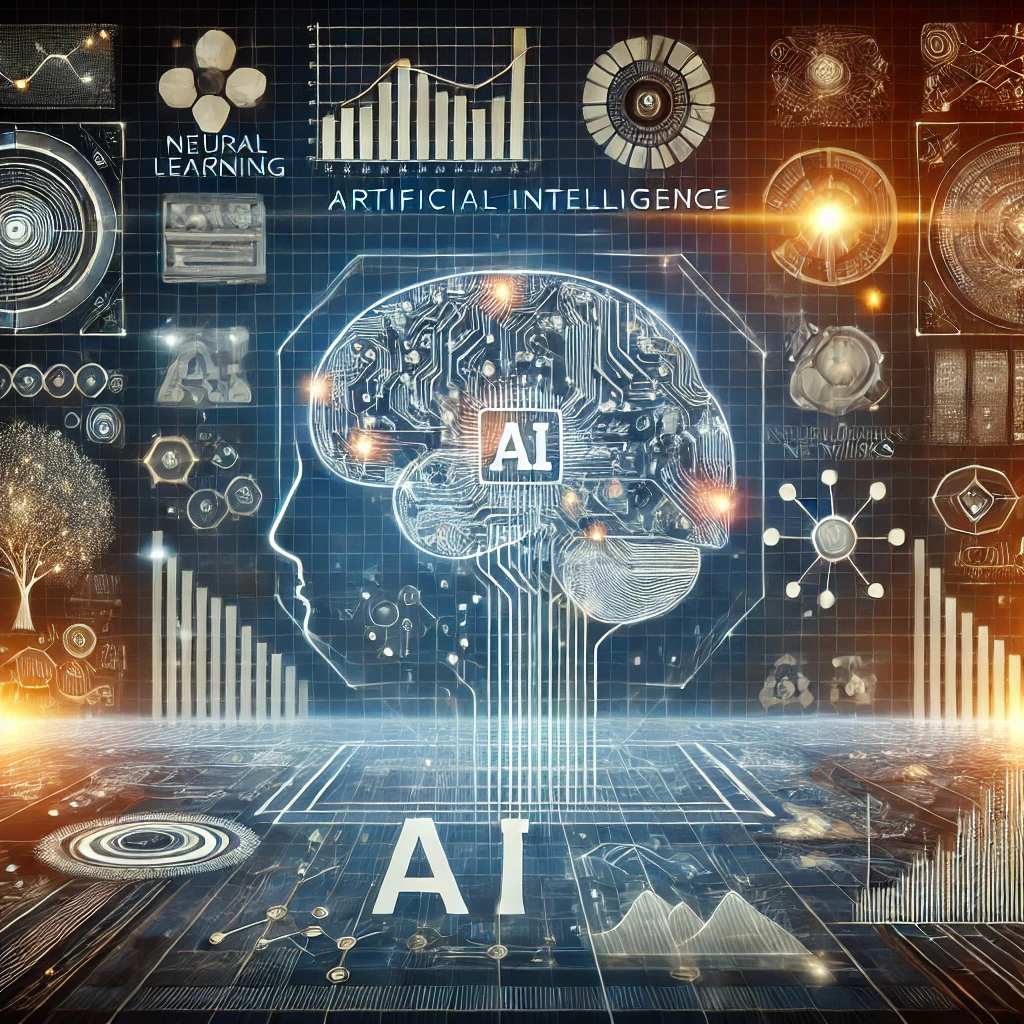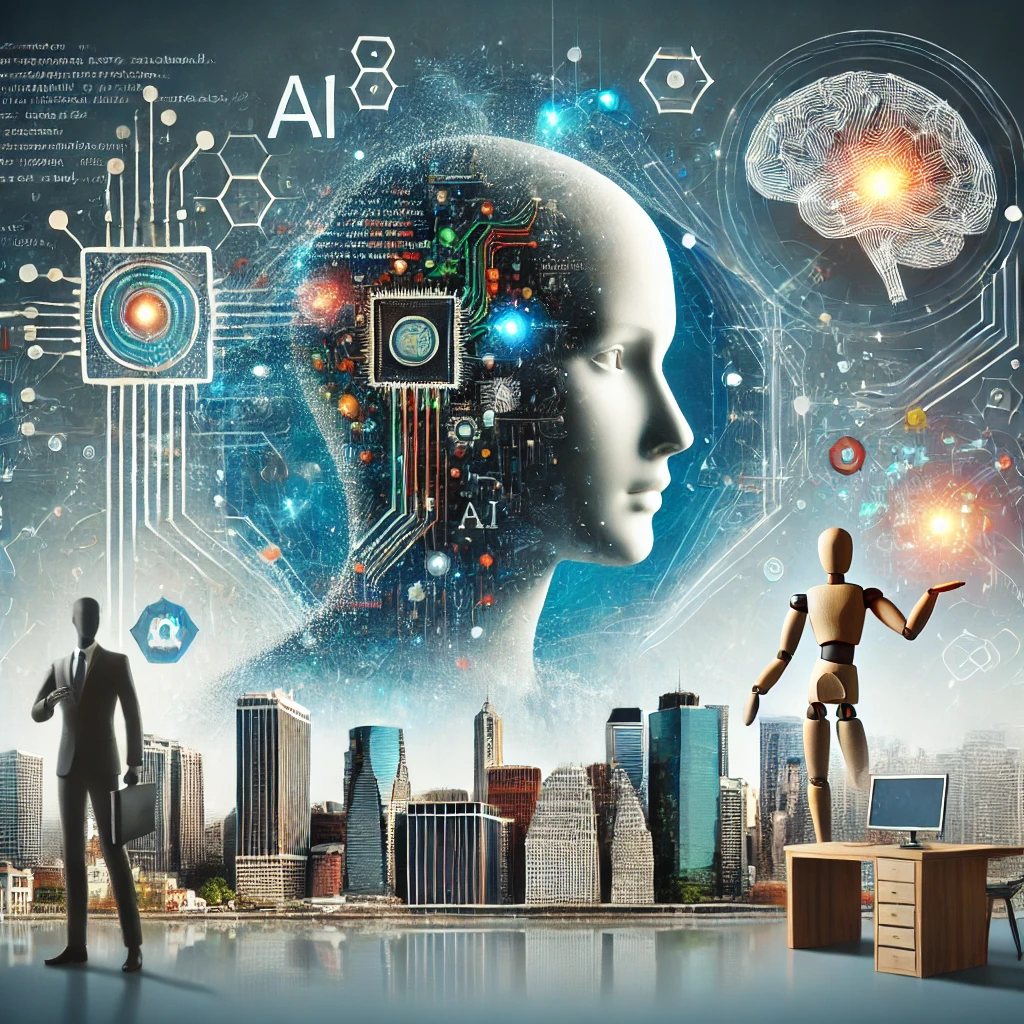Artificial intelligence (AI) has become one of the most transformative technologies of the 21st century, impacting various sectors from healthcare to finance, and from transportation to entertainment. Despite its widespread use, many people still wonder what AI truly is and how it works. This article aims to demystify the fundamentals of artificial intelligence, explaining its core concepts, mechanisms, and applications.
What is Artificial Intelligence?
Artificial intelligence refers to the simulation of human intelligence in machines that are programmed to think and learn like humans. These intelligent systems are designed to perform tasks that typically require human intelligence, such as visual perception, speech recognition, decision-making, and language translation. AI can be broadly categorized into two types: narrow AI and general AI.
Narrow AI, also known as weak AI, is designed to perform a specific task, such as facial recognition or internet searches. It operates within a limited context and does not possess general intelligence. General AI, also known as strong AI, is a theoretical concept where a machine would have the ability to perform any intellectual task that a human can. While narrow AI is prevalent today, general AI remains largely a concept for the future.
Core Concepts of AI
AI encompasses several core concepts, including machine learning, neural networks, natural language processing, and robotics. These concepts form the building blocks of intelligent systems.
Machine Learning
Machine learning (ML) is a subset of AI that focuses on the development of algorithms that allow computers to learn from and make predictions based on data. Instead of being explicitly programmed to perform a task, machine learning algorithms use statistical techniques to improve their performance over time. There are three main types of machine learning: supervised learning, unsupervised learning, and reinforcement learning.
In supervised learning, the algorithm is trained on a labeled dataset, meaning that each training example is paired with an output label. The algorithm learns to make predictions or decisions based on this training data. Common applications include spam detection and image recognition.
Unsupervised learning, on the other hand, deals with unlabeled data. The algorithm tries to learn the underlying structure of the data without explicit instructions on what to look for. Clustering and association are common unsupervised learning tasks, with applications in customer segmentation and market basket analysis.
Reinforcement learning involves training an algorithm through trial and error, where it learns to make decisions by receiving rewards or penalties based on its actions. This approach is widely used in robotics and game playing.
Neural Networks
Neural networks are a fundamental component of many AI systems. Inspired by the human brain, a neural network consists of interconnected layers of nodes (neurons) that process data. Each connection has a weight that is adjusted during training to minimize the error in the network’s predictions. Deep learning, a subset of machine learning, utilizes neural networks with many layers (deep neural networks) to model complex patterns in data. This technology has been particularly successful in areas such as image and speech recognition.
Natural Language Processing
Natural language processing (NLP) enables machines to understand, interpret, and generate human language. NLP combines computational linguistics with machine learning to process and analyze large amounts of natural language data. Applications of NLP include language translation services, sentiment analysis, chatbots, and voice-activated assistants like Siri and Alexa.
Robotics
Robotics is a field of AI that involves the design and creation of robots that can perform tasks autonomously or semi-autonomously. Robotics combines principles from AI, mechanical engineering, and electrical engineering to develop machines capable of interacting with the physical world. Common applications include manufacturing robots, drones, and autonomous vehicles.
How AI Works
The functioning of AI systems involves several key steps: data collection, data preprocessing, model training, model evaluation, and deployment.
Data Collection
Data is the foundation of AI. The process begins with collecting relevant data from various sources, such as databases, sensors, and online repositories. The quality and quantity of data significantly impact the performance of AI models.
Data Preprocessing
Once the data is collected, it needs to be cleaned and preprocessed to ensure it is suitable for analysis. This involves handling missing values, removing duplicates, normalizing data, and transforming it into a format that can be used by machine learning algorithms.
Model Training
During model training, a machine learning algorithm is fed the preprocessed data and learns to recognize patterns or make decisions. This process involves adjusting the model’s parameters to minimize errors in its predictions. Training can be computationally intensive, requiring powerful hardware such as GPUs.
Model Evaluation
After training, the model’s performance is evaluated using a separate set of data not seen during training. Metrics such as accuracy, precision, recall, and F1 score are used to assess the model’s effectiveness. This step ensures that the model generalizes well to new, unseen data.
Deployment
Once the model is validated, it is deployed in a real-world environment where it can make predictions or decisions on new data. Continuous monitoring and maintenance are essential to ensure the model remains accurate and effective over time.
Conclusion
Artificial intelligence represents a paradigm shift in technology, offering capabilities that were once the domain of science fiction. By understanding the basics of AI, its core concepts, and how it works, we can better appreciate the profound impact it has on our lives and the potential it holds for the future. As AI continues to evolve, its applications will expand, driving innovation and transforming industries across the globe.



Wow, I didn’t even think AI was such a complex technology!
heh, yessir and it eats up so much energy😂
Mind blown! 🤯 AI is legit sci-fi stuff. 🤖 understanding it unlocks so much potential, can’t wait to see what’s next!
Lmao, just hope nobody makes Skynet 💀💀
huh i still dont get it but its interesting.
Man, you gotta know hella things I aint got enough brain cells for that 😅